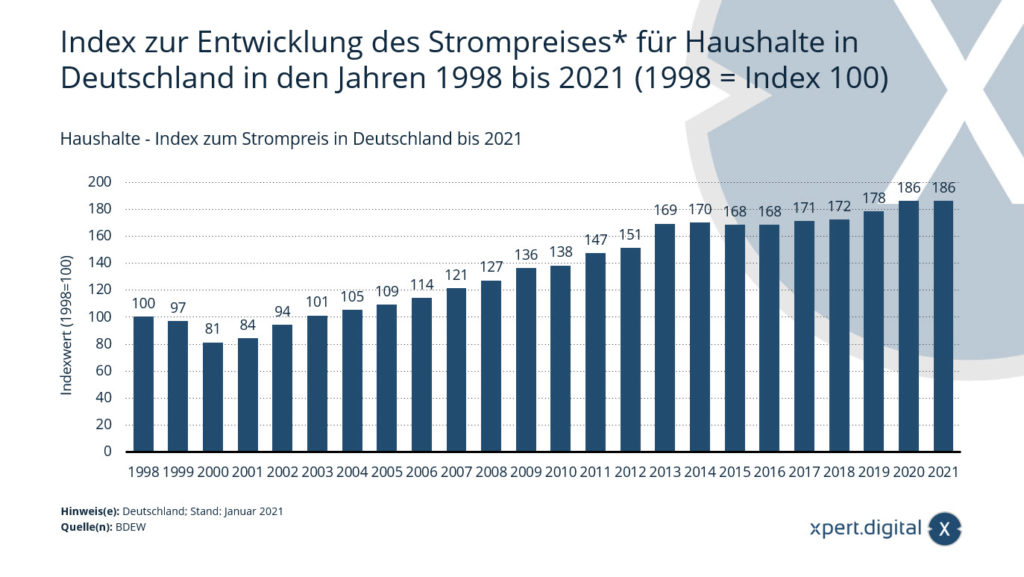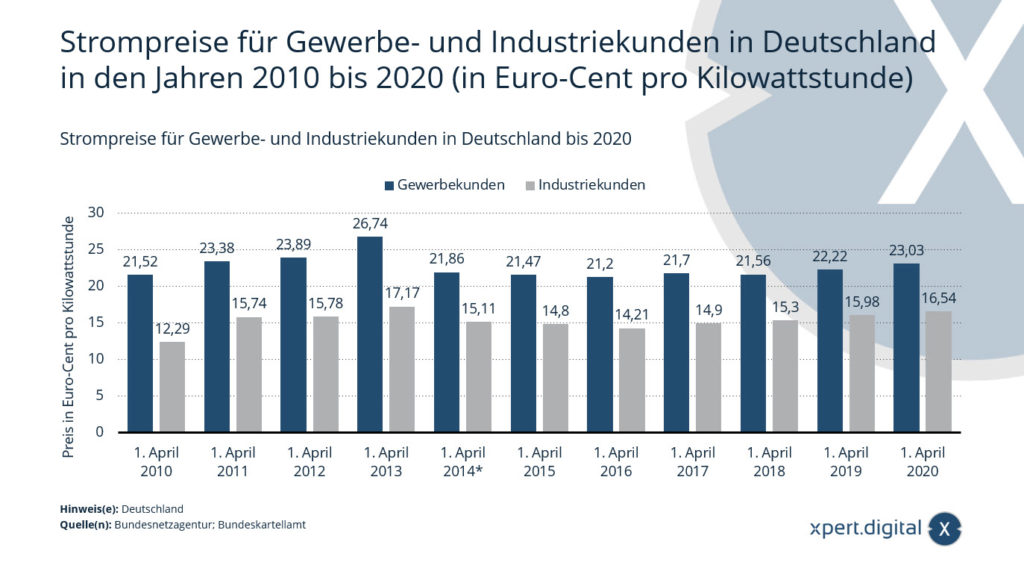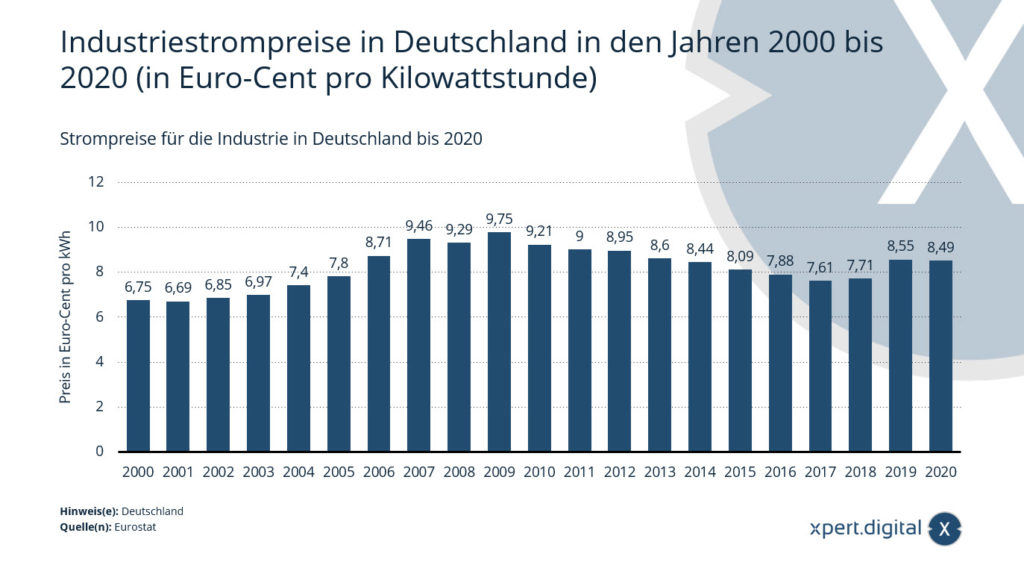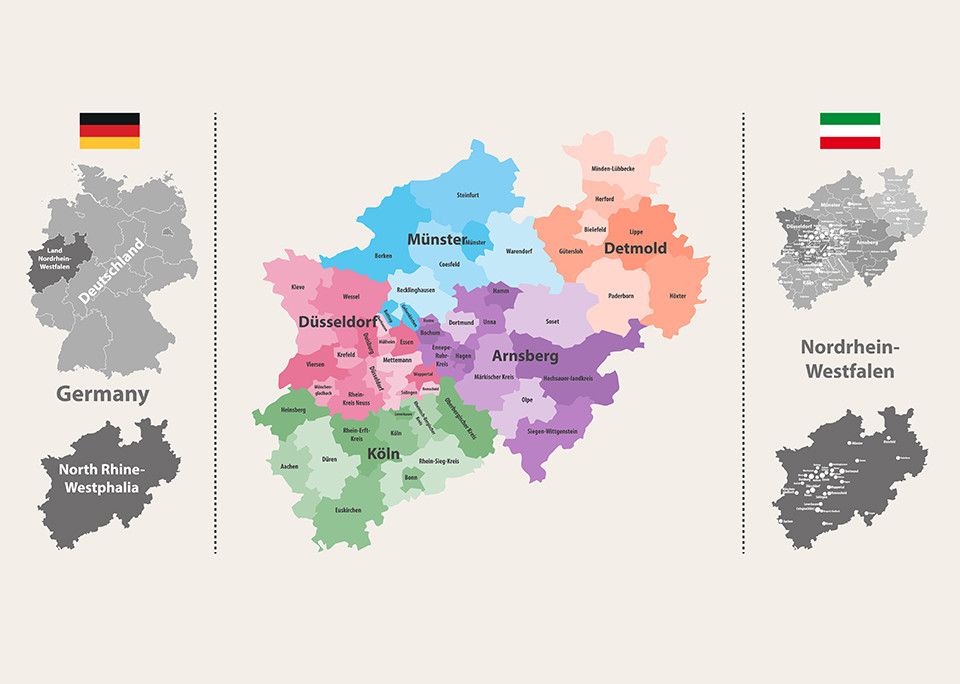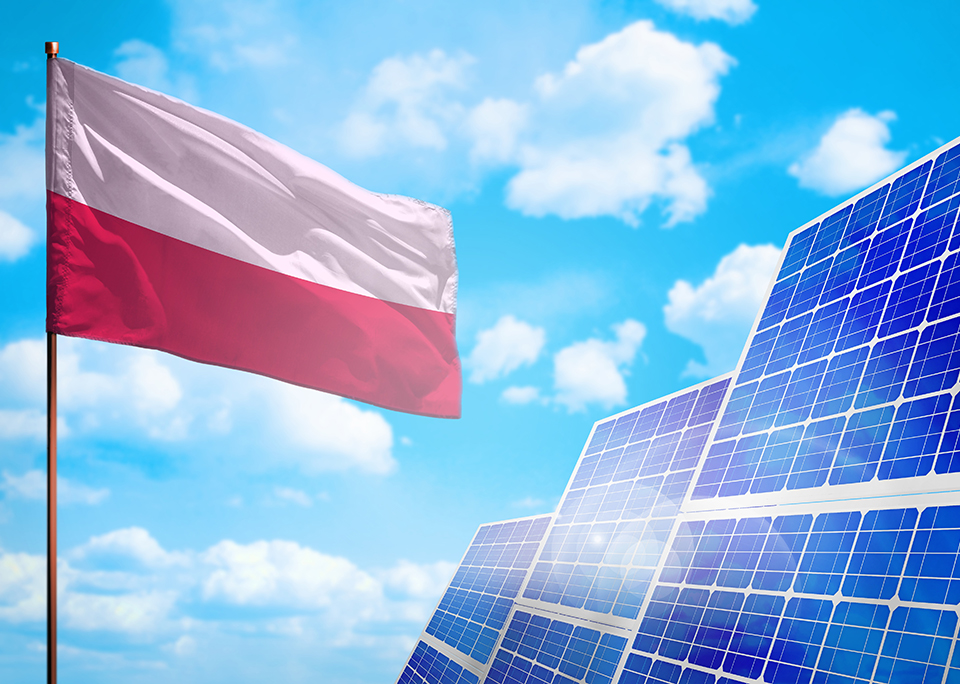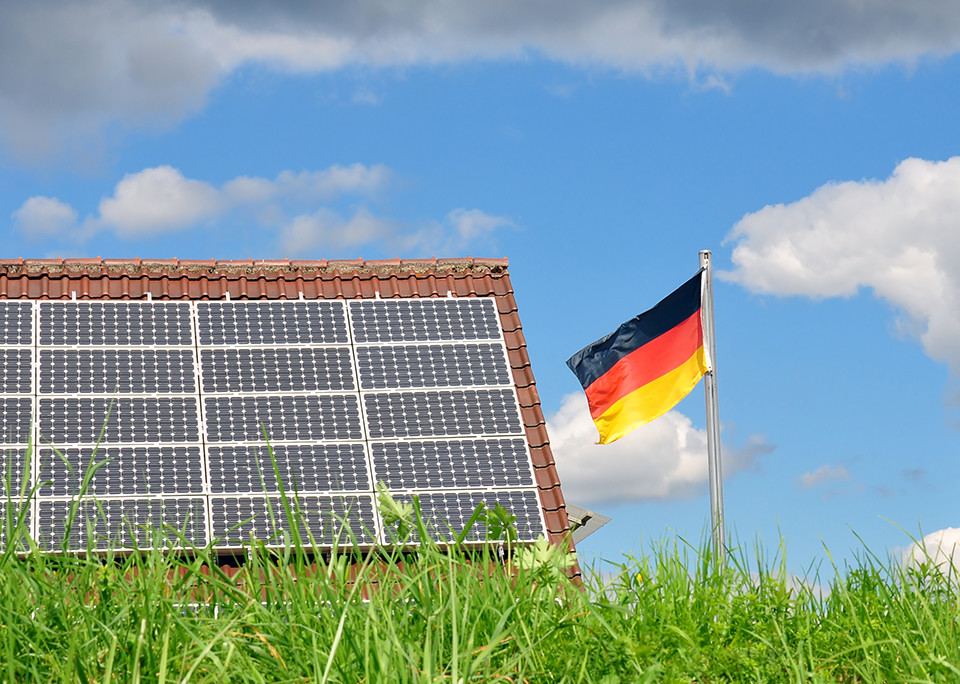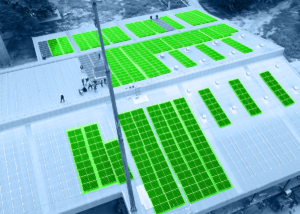Solar parking lot - roofing with photovoltaics wanted: planning a solar carport or building a system in Remscheid, Siegen, Witten or Iserlohn?
Language selection 📢
Published on: October 15, 2021 / update from: October 18, 2021 - Author: Konrad Wolfenstein

Solar carports provide shade, protection from the weather and generate electricity - Image: Xpert.digital / Richard Thornton|Shutterstock.com
Expansion of photovoltaics via solar carports
For decades, open parking spaces were usually only usable on one side. In some cases you could earn money from parking fees. As a rule, however, they only serve the one purpose of offering potential interested parties parking as a service and customer loyalty.
Due to the major upheavals in energy policy, which will have an immense impact on our living and driving habits, covered solar systems are of central importance.
Currently, refueling/charging is still an independent process. It's a necessary evil. If the tank is empty, nothing works anymore. In the next few years, refueling/charging will become a minor matter. We fill up or charge wherever we park. When shopping, at work, visiting friends, the doctor or other situations where we are for a limited period of time.
During the time when no one is charging or refueling and electricity is still being produced using solar energy, this can be temporarily stored in electricity storage and can also be used for other applications.
You can make money with solar energy in the long term because there is already an immense need for electricity.
Our solar carport solutions for covering open parking areas are modular and scalable:
- Quick and easy assembly
- Individually customizable design (color, materials, surface, size, etc.)
- Installation of charging stations and inverters is possible at any time
- Scalable & modular: Available as a single, double or arbitrarily scalable row carport
- Even the standard version can be used for very high wind and snow loads
📣 Open parking areas Photovoltaic solutions for industry, retail and municipalities
Everything from a single source, specially designed for solar solutions for large parking areas. You refinance or counterfinance into the future with your own electricity generation.
🎯 For solar engineers, plumbers, electricians and roofers
Advice and planning including a non-binding cost estimate. We bring you together with strong photovoltaic partners.
👨🏻 👩🏻 👴🏻 👵🏻 For private households
We are positioned across regions in German-speaking countries. We have reliable partners who advise you and implement your wishes.
With over 1,000 specialist articles, we cannot present all topics here. Therefore, you will find a small excerpt from our work here and we would be pleased if we have piqued your interest in getting to know us better:
Our solar PDF library
Large PDF library: Market monitoring and market intelligence on the subject of photovoltaics.
Data is viewed at regular intervals and checked for relevance. This usually brings together some interesting information and documentation, which we combine into a PDF presentation: our own data analyzes and marketing intelligence as well as external market observations.
More about it here:
Households - Electricity price index in Germany until 2021
Index on the development of electricity prices* for households in Germany from 1998 to 2021 (1998 = Index 100)
Starting from 1998 (index = 100), the index value for the development of household electricity prices in Germany in 2021 was 186 points. Electricity prices for households in this country have continued to rise since 2000. Most recently, household electricity customers paid around 33 cents per kilowatt hour.
Composition of electricity prices
For private households, the electricity price is made up of ten factors. The largest share is made up of net network fees, the item “energy procurement, sales, other costs and margins” as well as the EEG levy, through which the expansion of renewable energies in this country is financed. The amount of the EEG surcharge is determined by the transmission system operators. Since the introduction of an EEG levy, it has increased from year to year. Only in the past two years has a slight fluctuation been recorded.
Electricity prices in an EU comparison
With an annual consumption of 2,500 to 5,000 kilowatt hours, the price of electricity for households was recently highest in Germany and Denmark compared to the EU-28. This was followed by the countries of Belgium and Ireland. It was significantly cheaper in Bulgaria and Lithuania, for example.
* Including taxes and duties as well as procurement, network fees and sales.
The information refers to an average three-person household with an annual electricity consumption of 3,500 kilowatt hours.
The values come, among other things, from previous year's publications by the BDEW.
Electricity prices for commercial and industrial customers in Germany until 2020
As of April 1, 2020, according to the volume-weighted average, commercial customers in Germany paid 23.03 cents per kilowatt hour of electricity with an annual consumption of 50 megawatt hours. Industrial customers in this country with an annual consumption of 24 gigawatt hours, however, paid 16.54 cents per kilowatt hour of electricity on the specified date.
Industrial electricity prices
Without taxes imposed, the price of electricity for industry in Germany in 2020 was around 8.49 cents per kilowatt hour. The electricity price including taxes of around 19 cents per kWh in 2020 was made up of various items. A large part arose from the item “Procurement, network fees and sales” as well as the EEG levy, which promotes the expansion of renewable energies in Germany.
Electricity prices for household customers
Since 2017, there has been a trend in electricity prices for household customers in Germany. With an annual consumption of 1,000 to 2,500 kilowatt hours, Germany recorded the highest electricity price in an EU comparison. However, the least people had to pay for electricity were Bulgaria, Hungary and Lithuania. Just like the electricity price for industry, the electricity price for household customers is mainly made up of network fees, procurement and sales as well as the EEG surcharge.
Electricity prices for industrial customers in Germany from 2010 to 2020 (in euro cents per kilowatt hour)
- April 1, 2010 – 12.29 euro cents per kilowatt hour)
- April 1, 2011 – 15.74 euro cents per kilowatt hour)
- April 1, 2012 – 15.78 euro cents per kilowatt hour)
- April 1, 2013 – 17.17 euro cents per kilowatt hour)
- April 1, 2014* – 15.11 euro cents per kilowatt hour)
- April 1, 2015 – 14.80 euro cents per kilowatt hour)
- April 1, 2016 – 14.21 euro cents per kilowatt hour)
- April 1, 2017 – 14.90 euro cents per kilowatt hour)
- April 1, 2018 – 15.30 euro cents per kilowatt hour)
- April 1, 2019 – 15.98 euro cents per kilowatt hour)
- April 1, 2020 – 16.54 euro cents per kilowatt hour)
Electricity prices for commercial customers in Germany from 2010 to 2020 (in euro cents per kilowatt hour)
- April 1, 2010 – 21.52 euro cents per kilowatt hour
- April 1, 2011 – 23.38 euro cents per kilowatt hour)
- April 1, 2012 – 23.89 euro cents per kilowatt hour)
- April 1, 2013 – 26.74 euro cents per kilowatt hour)
- April 1, 2014* – 21.86 euro cents per kilowatt hour)
- April 1, 2015 – 21.47 euro cents per kilowatt hour)
- April 1, 2016 – 21.20 euro cents per kilowatt hour)
- April 1, 2017 – 21.70 euro cents per kilowatt hour)
- April 1, 2018 – 21.56 euro cents per kilowatt hour)
- April 1, 2019 – 22.22 euro cents per kilowatt hour)
- April 1, 2020 – 23.03 euro cents per kilowatt hour)
* Arithmetic mean.
Without sales tax. The information up to 2013 refers to a volume-weighted average including sales tax. Comparisons with the previous year are therefore only possible to a limited extent. Commercial customers: annual consumption of 50 megawatt hours.
Industrial customers: annual consumption of 24 gigawatt hours.
The values before 2019 were taken from the previous year's publications.
Electricity prices for industry in Germany
In 2020, the electricity price for industry in Germany was 8.49 cents per kilowatt hour. The values shown are without taxes imposed. If these are taken into account, the electricity price including taxes for industrial consumers in the same year was around 18.55 cents per kilowatt hour. Including taxes, industrial electricity prices rose significantly compared to the year 2000, by over ten cents per kilowatt hour.
Until 2007, the prices refer to January 1st of the respective year and an annual average consumption of 2,000 megawatt hours. From 2007 onwards, the prices refer to the first half of the respective year and to an annual average consumption of between 500 and 2,000 megawatt hours. The values given in the source as euros per kWh were converted into euro cents per kWh. The values for the years before 2009 come from earlier publications from the same source.
Composition of industrial electricity prices
The composition of industrial electricity prices including taxes in Germany is made up of different items. A large part arises from the item “Procurement, network fees and sales” as well as the EEG levy, through which the expansion of renewable energies in Germany is financed. In a European comparison, the electricity price for industrial customers with an annual electricity consumption of between 20,000 and 70,000 megawatt hours in Germany was recently significantly higher than, for example, in the neighboring countries of France, Denmark and the Czech Republic.
Electricity prices for households are rising
Electricity prices for household customers have also tended to rise since 2007. With an annual consumption of 1,000 to 2,500 kilowatt hours, Germany recorded one of the highest electricity prices in the EU. Electricity is cheapest for households in Bulgaria, Hungary and Lithuania. Just like the electricity prices for industry, the household electricity price is mainly made up of network fees, procurement and sales as well as the EEG surcharge.
Industrial electricity prices in Germany from 2000 to 2020 (excluding electricity tax)
- 2000 – 6.75 euro cents per kilowatt hour
- 2001 – 6.69 euro cents per kilowatt hour
- 2002 – 6.85 euro cents per kilowatt hour
- 2003 – 6.97 euro cents per kilowatt hour
- 2004 – 7.4 euro cents per kilowatt hour
- 2005 – 7.8 euro cents per kilowatt hour
- 2006 – 8.71 euro cents per kilowatt hour
- 2007 – 9.46 euro cents per kilowatt hour
- 2008 – 9.29 euro cents per kilowatt hour
- 2009 – 9.75 euro cents per kilowatt hour
- 2010 – 9.21 euro cents per kilowatt hour
- 2011 – 9 euro cents per kilowatt hour
- 2012 – 8.95 euro cents per kilowatt hour
- 2013 – 8.6 euro cents per kilowatt hour
- 2014 – 8.44 euro cents per kilowatt hour
- 2015 – 8.09 euro cents per kilowatt hour
- 2016 – 7.88 euro cents per kilowatt hour
- 2017 – 7.61 euro cents per kilowatt hour
- 2018 – 7.71 euro cents per kilowatt hour
- 2019 – 8.55 euro cents per kilowatt hour
- 2020 – 8.49 euro cents per kilowatt hour
How big is the solar energy potential in NRW?
Across Germany, around one in ten terawatt hours of electricity comes from renewable energies from North Rhine-Westphalia, according to the State Office for Nature, Environment and Consumer Protection (LANUV).
With over 288,000 systems for generating renewable energies and an electricity volume of 23.3 terawatt hours, over 16 percent of the electricity consumption in North Rhine-Westphalia was provided by renewable energies in 2019. With this amount alone, Bremen, Hamburg and Mecklenburg-Western Pomerania could be completely supplied with electricity.
68 terawatt hours of solar power were calculated on the approximately eleven million roofs in North Rhine-Westphalia. So far, around 4 terawatt hours have been realized and therefore only around three percent of the current electricity consumption in North Rhine-Westphalia.
Densely populated regions such as Cologne, Düsseldorf and the Ruhr area offer particularly great solar power potential. If all potential is implemented, savings of around 30 million tons of CO2 could be achieved. This corresponds to around ten percent of North Rhine-Westphalia's current greenhouse gas inventory.
The largest expansion, with around 470 megawatts of installed capacity, was recorded last year in the area of photovoltaics. This is the fourth year in a row that photovoltaics has exceeded the previous year's expansion.
More about it here:
What part does photovoltaics play in the energy transition?
The energy transition has long been a decision in Germany and photovoltaics is of crucial importance. What is pleasing is that this is also reflected in a high acceptance rate among the population.
The high approval ratings for renewable energies are demonstrated by the Nature Awareness 2019 study, which was carried out by the Federal Environment Ministry and the Federal Agency for Nature Conservation at the end of last year. Accordingly, general support for the energy transition among the population is high: 60 percent think it is right, while only nine percent see it critically.
The public opinion on solar energy is even better. A large majority of 93 percent are in favor of photovoltaic systems on and around buildings. Among those surveyed, 58 percent said they liked these systems, while another 35 percent accepted them. This means that building-based photovoltaics takes a leading position among the green options for generating energy. Compared to offshore wind turbines (78 percent rate them positively or as acceptable), their onshore counterparts (70 percent) and biogas plants (61 percent), photovoltaic technology is far ahead.
More about it here:
How is photovoltaics developing in Poland?
The development of photovoltaics is making great strides in Poland. The Polish network operator Polskie Sieci Elektroenergetyczne reported that in July alone the total output of all installed systems rose by around ten percent. In contrast to the end of 2019, when 1.29 gigawatts (GW) were installed, this value was 2.26 GW in July, almost twice as high as at the beginning of the year.
Poland is not alone in this development. This is shown by a look across the borders to our European neighbors. In addition to the solar energy heavyweights Spain and Germany, there are also countries like France and the Netherlands that are strongly pushing photovoltaics. The small Netherlands expanded its capacity by an impressive 2.5 GW last year. But in France the industry also grew disproportionately with an expansion of an additional 1.1 GW in 2019.
And the future prospects seem bright. The two countries, as well as Poland, are planning to implement additional systems, which should increase the total output in the gigawatt range every year. With the realization of 2.5 GW planned for this year, Polish producers do not need to hide. This shows that photovoltaics will continue to boom in our eastern neighbor.
More about it here:
Photovoltaics: What's new from Germany?
Demand for compulsory photovoltaics in Mecklenburg-Western Pomerania: Mecklenburg-Western Pomerania is one of the sunniest regions in Germany. Nevertheless, there is a lack of photovoltaic systems in the state. In order to eliminate this shortcoming, the Left Party wants to submit a proposal to the Schwerin state parliament for the mandatory use of photovoltaics in non-residential buildings and parking spaces from May 2021.
In addition, the party wants to discuss whether the obligation can also be applied to residential buildings for reasons of climate protection and sustainable energy supply.
More about it here:
- Warehouses, production halls and industrial halls with their own power source from a photovoltaic roof system - Image: NavinTar|Shutterstock.com
- Industrial plant with its own power source from an outdoor photovoltaic system - Image: Peteri|Shutterstock.com
- Plan solar systems with photovoltaic solutions for freight forwarding and contract logistics
- B2B solar systems and photovoltaic solutions & advice
- Plan photovoltaics for warehouses, commercial halls and industrial halls
- Industrial plant: Plan a photovoltaic open-air system or open-space system
- Plan solar systems with photovoltaic solutions for freight forwarding and contract logistics
- B2B solar systems and photovoltaic solutions & advice
Photovoltaic system solutions: Xpert.Solar for planning and consulting in the area of solar carports, solar systems on roofs and photovoltaic systems in general for Remscheid, Siegen, Witten and Iserlohn
I would be happy to serve as your personal advisor.
You can contact me by filling out the contact form below or simply call me on +49 89 89 674 804 .
I'm looking forward to our joint project.
Xpert.Digital – Konrad Wolfenstein
Xpert.Digital is a hub for industry with a focus on digitalization, mechanical engineering, logistics/intralogistics and photovoltaics.
With our 360° business development solution, we support well-known companies from new business to after sales.
Market intelligence, smarketing, marketing automation, content development, PR, mail campaigns, personalized social media and lead nurturing are part of our digital tools.
You can find out more at: www.xpert.digital – www.xpert.solar – www.xpert.plus




